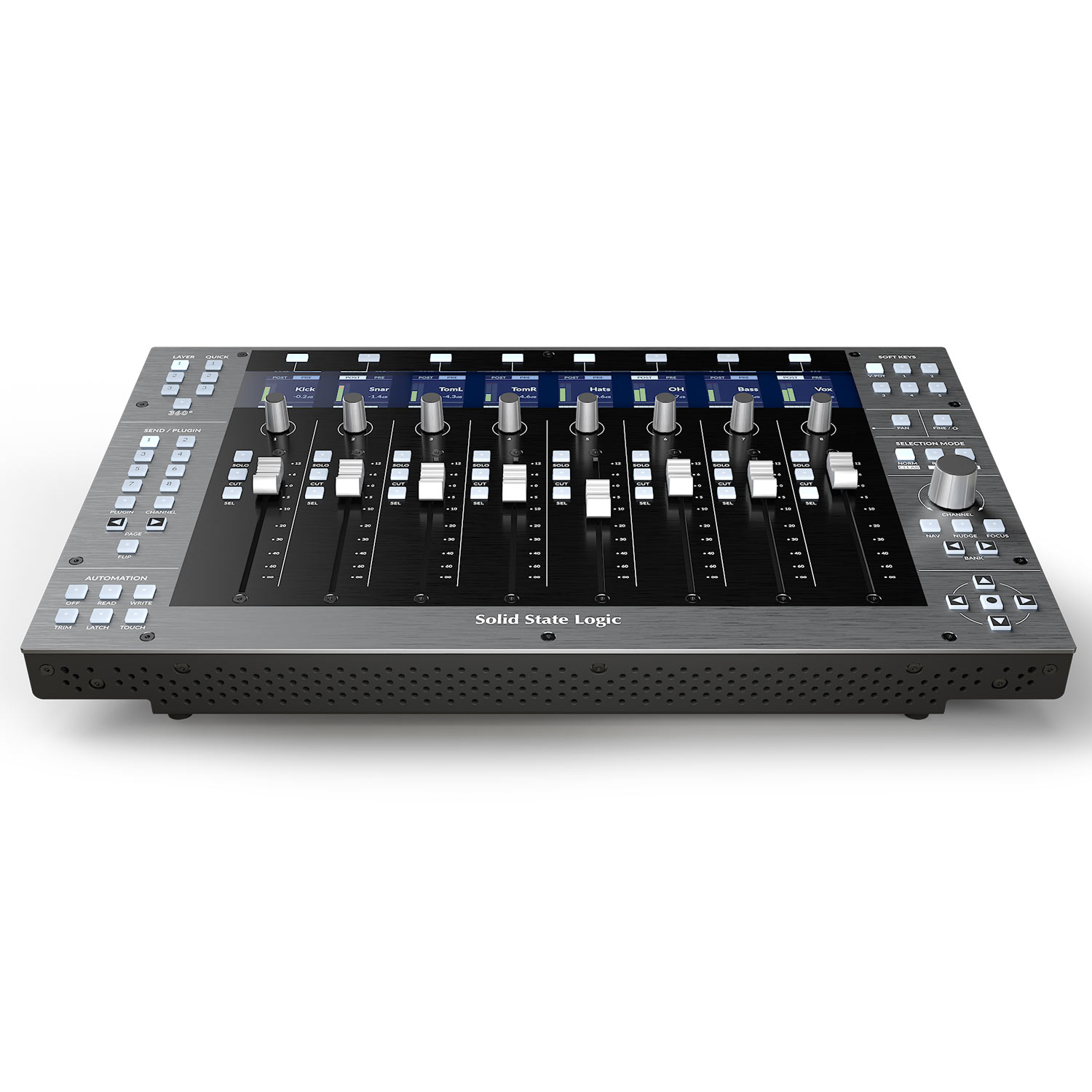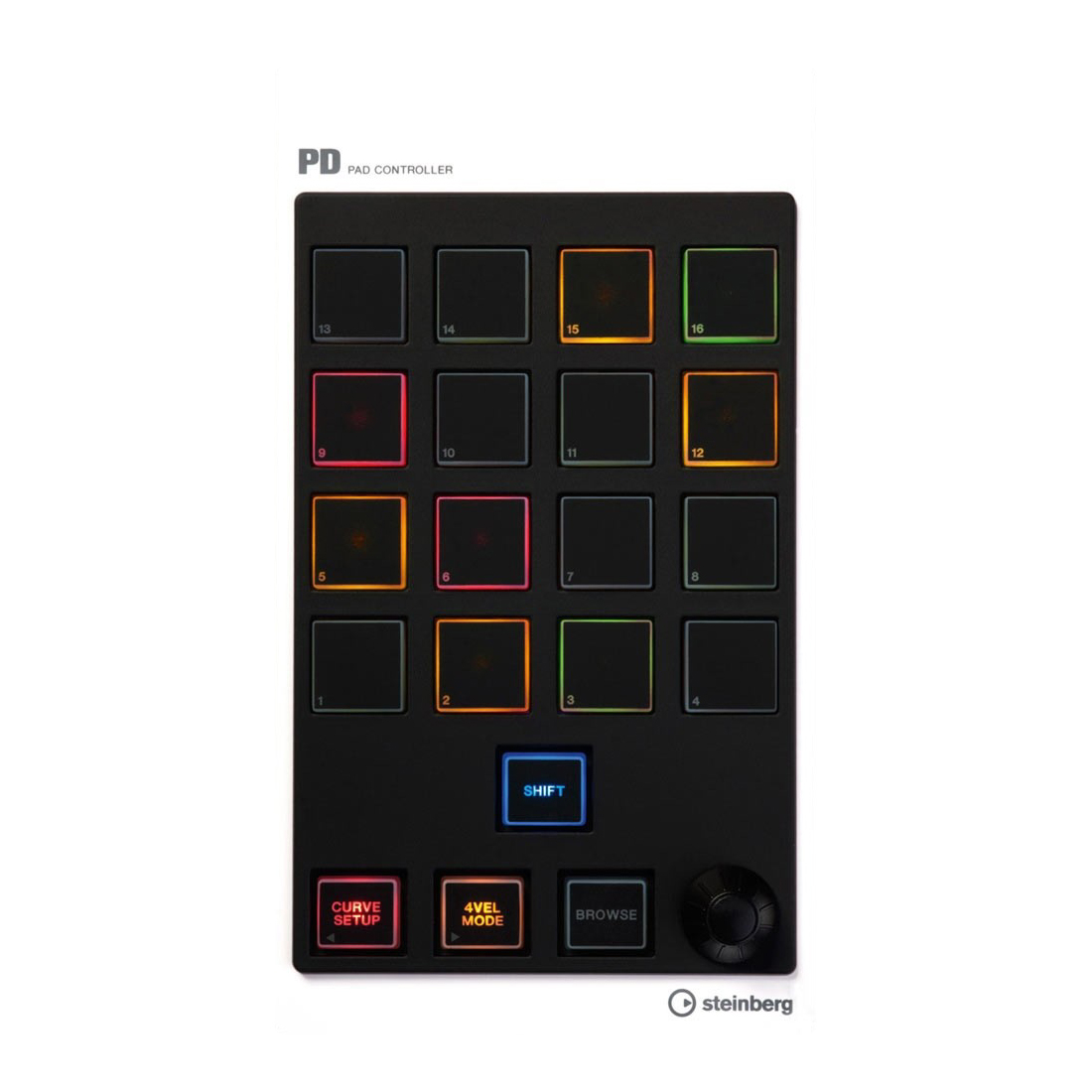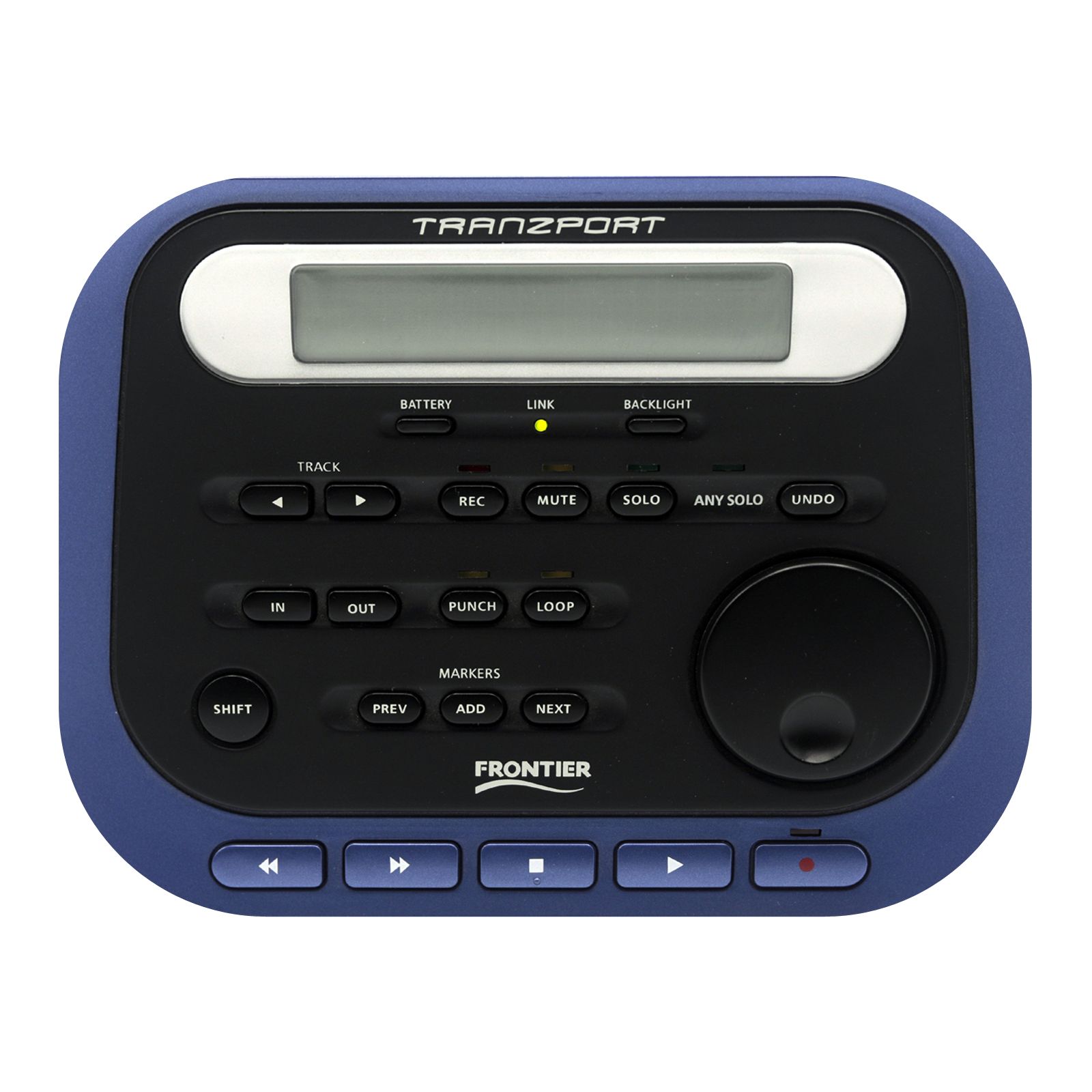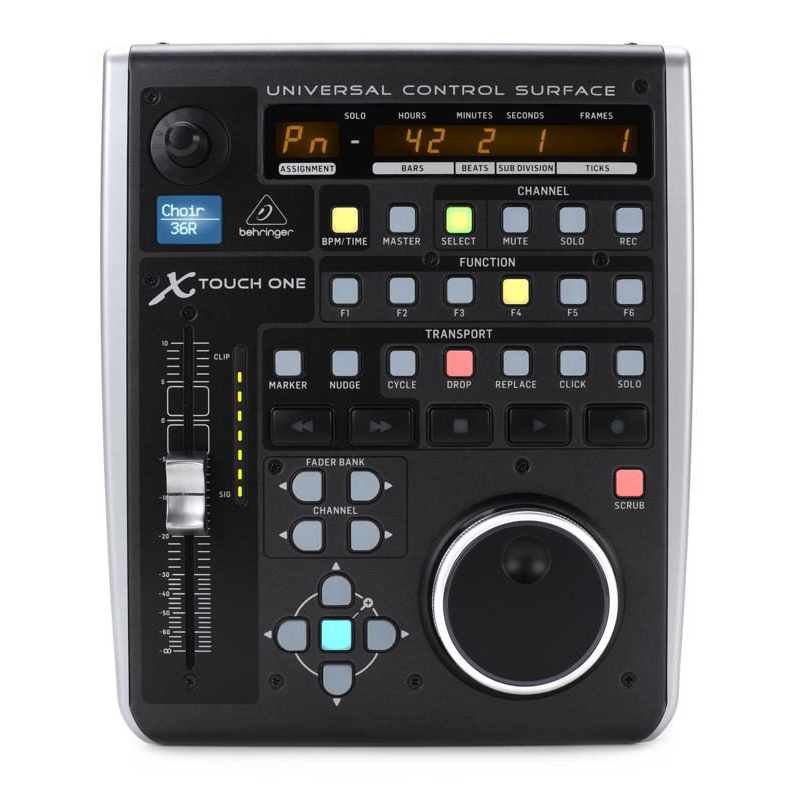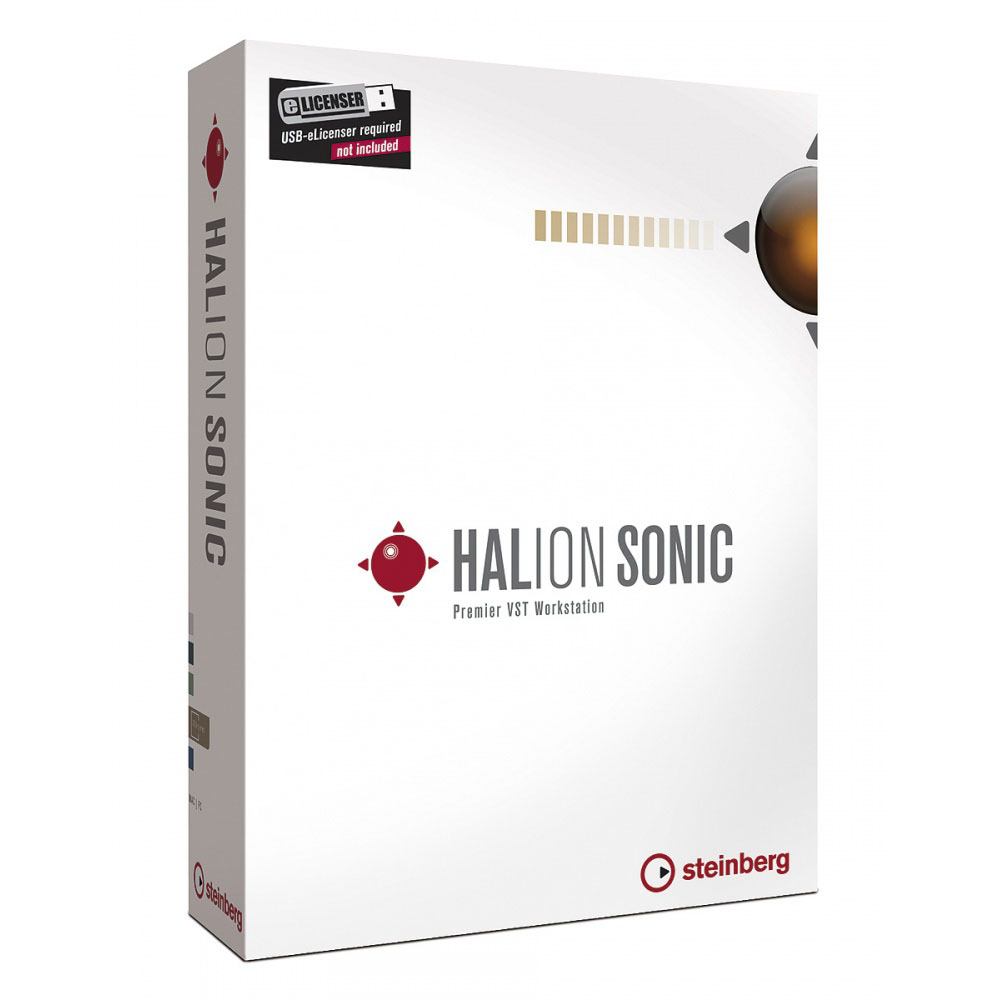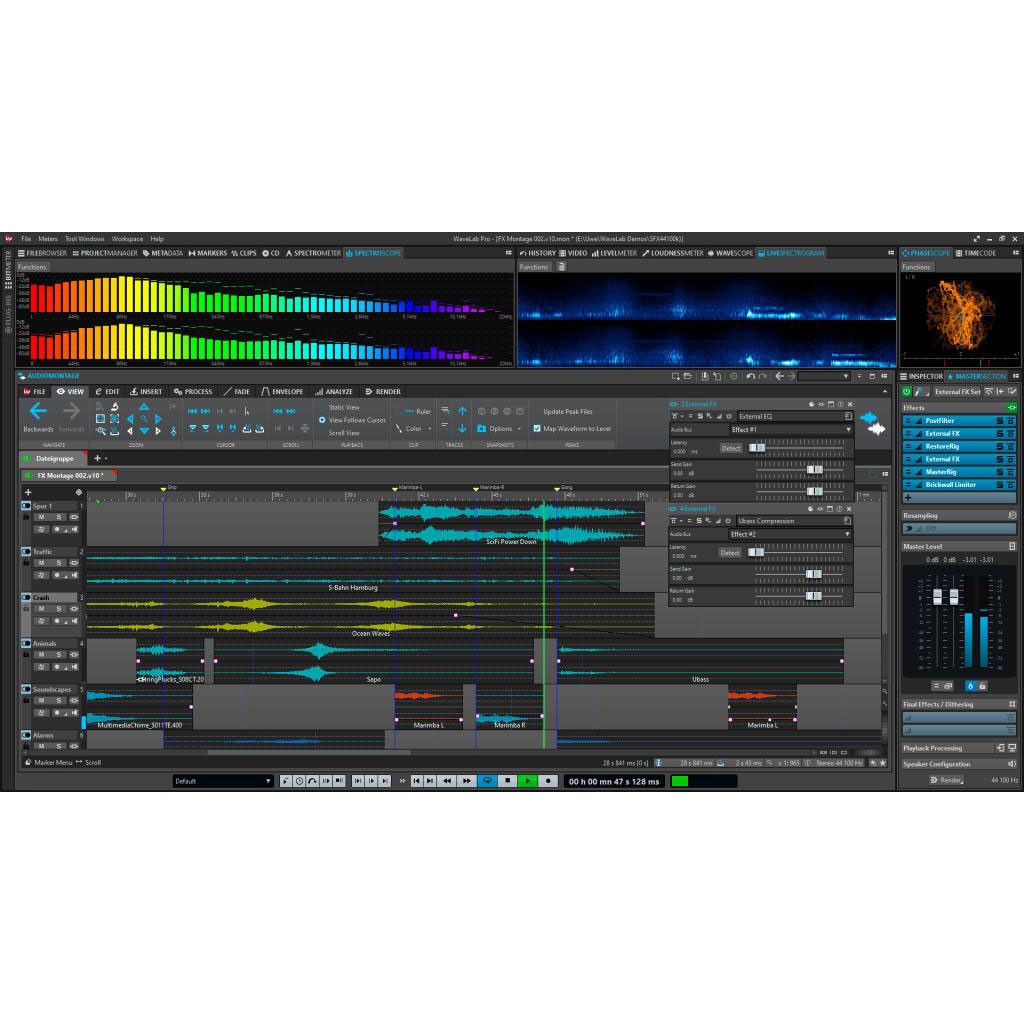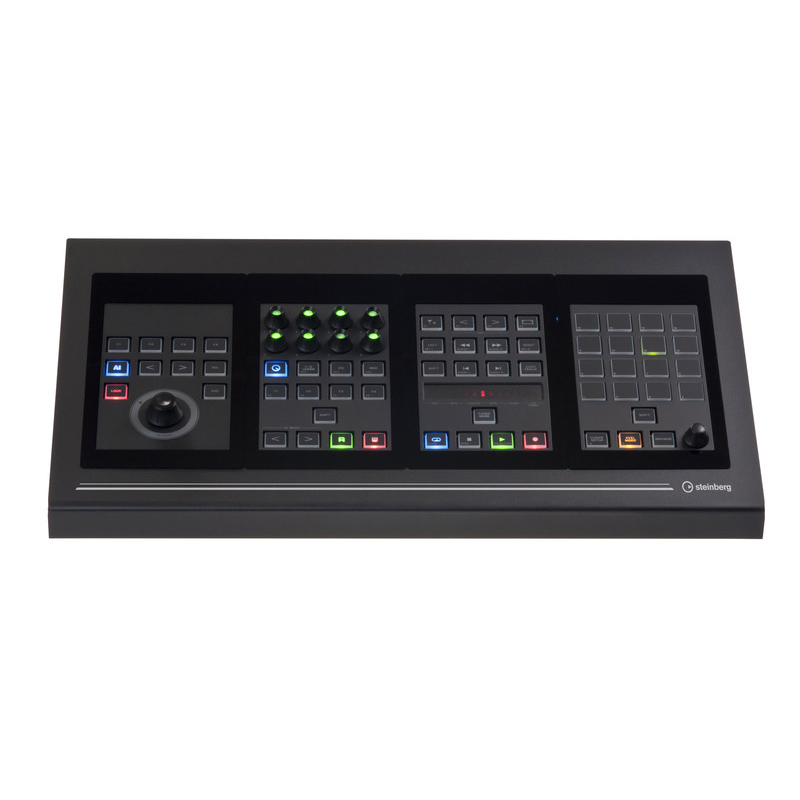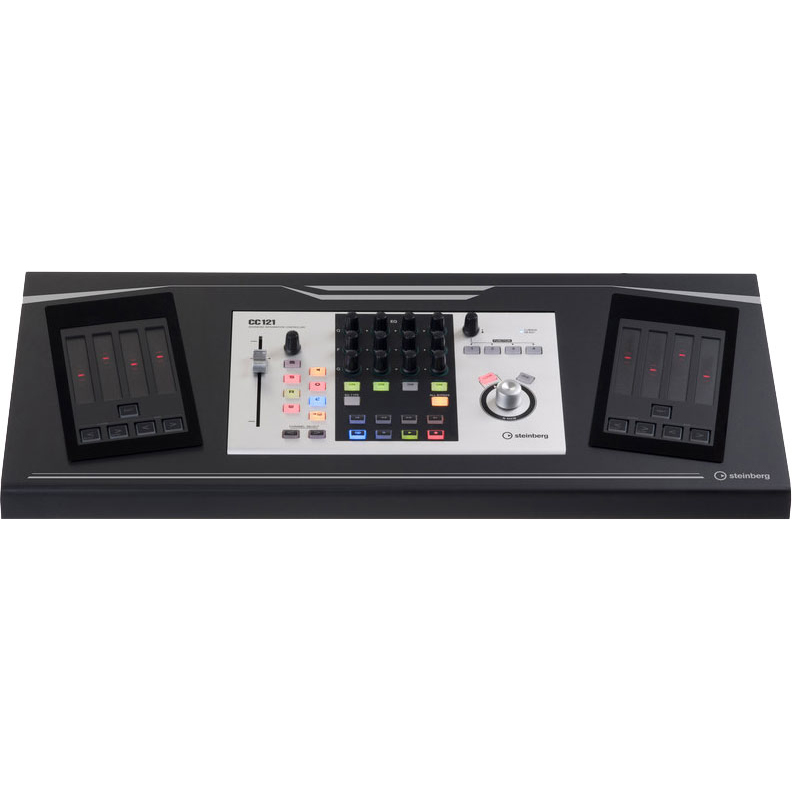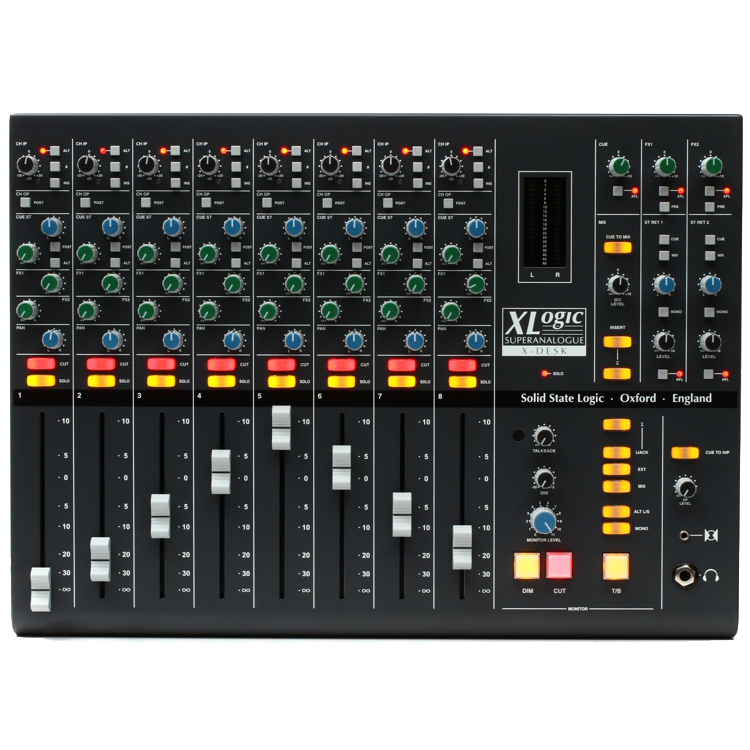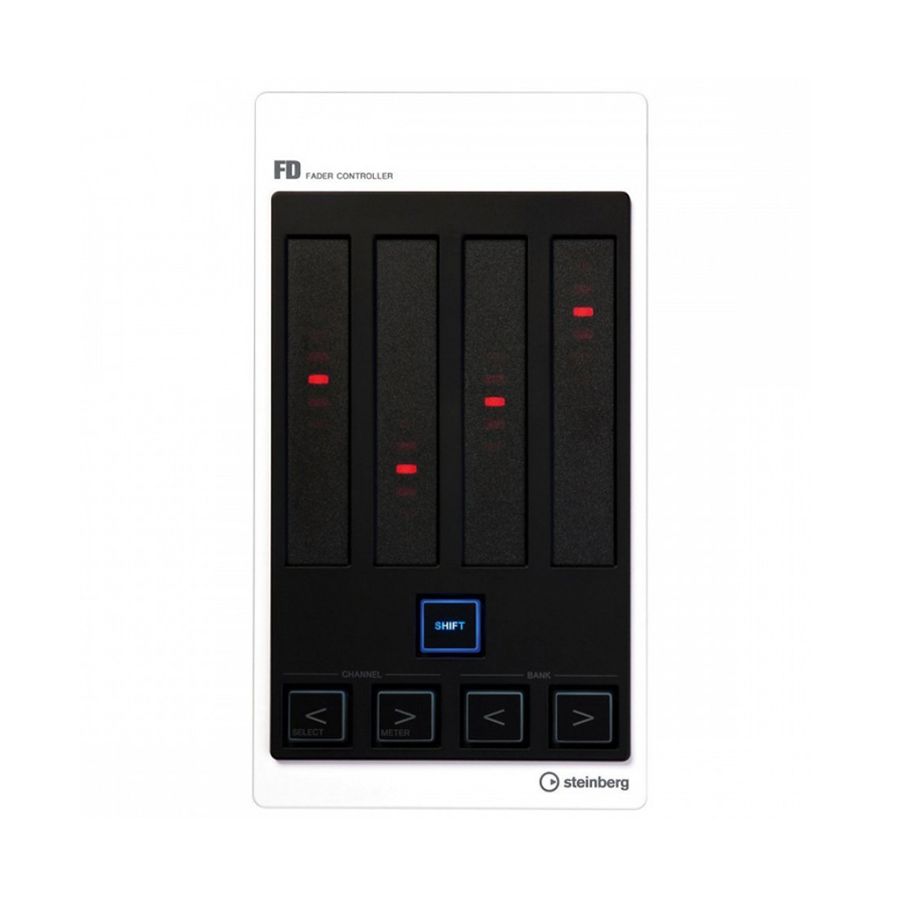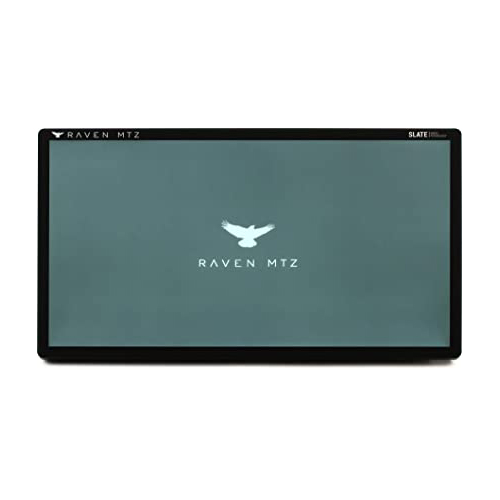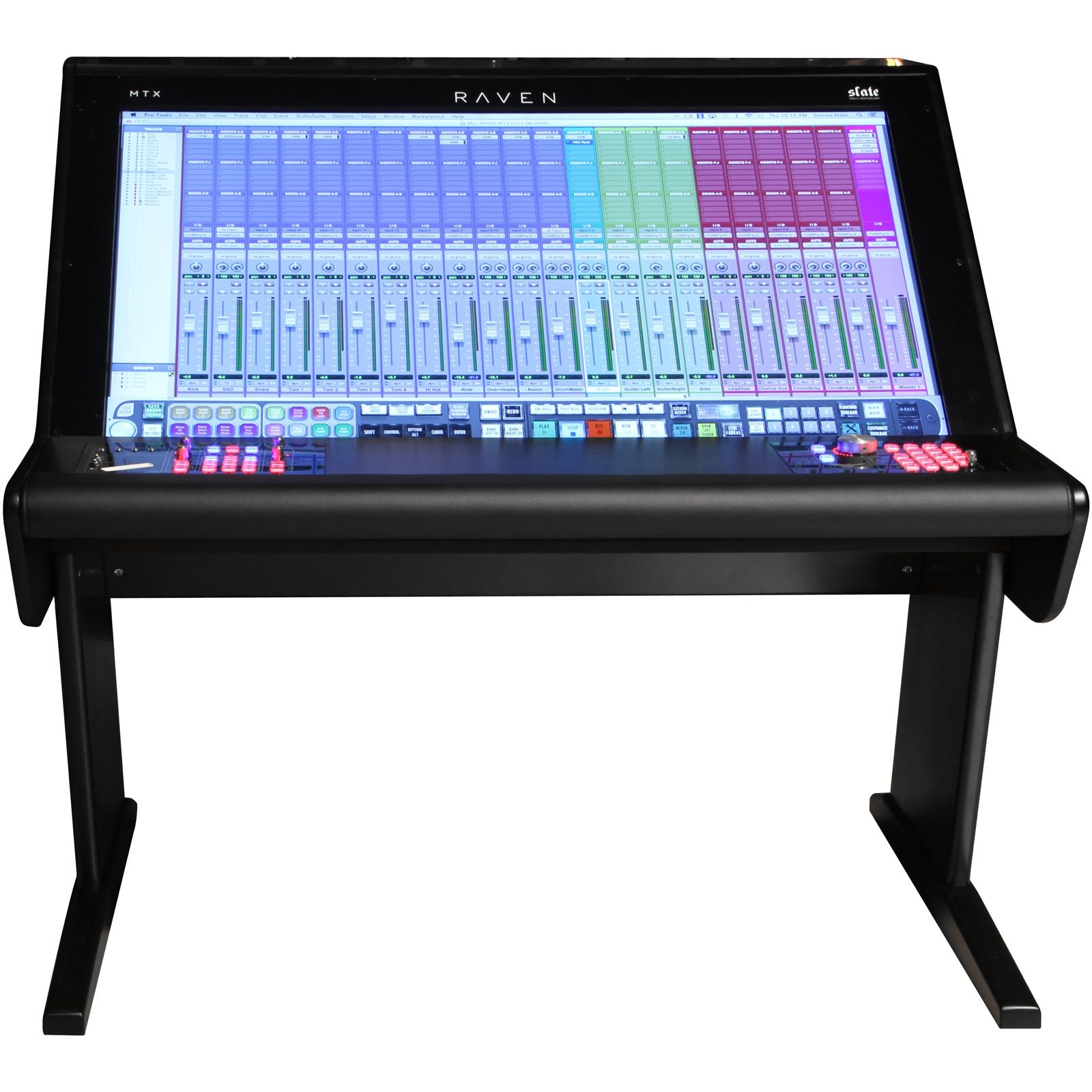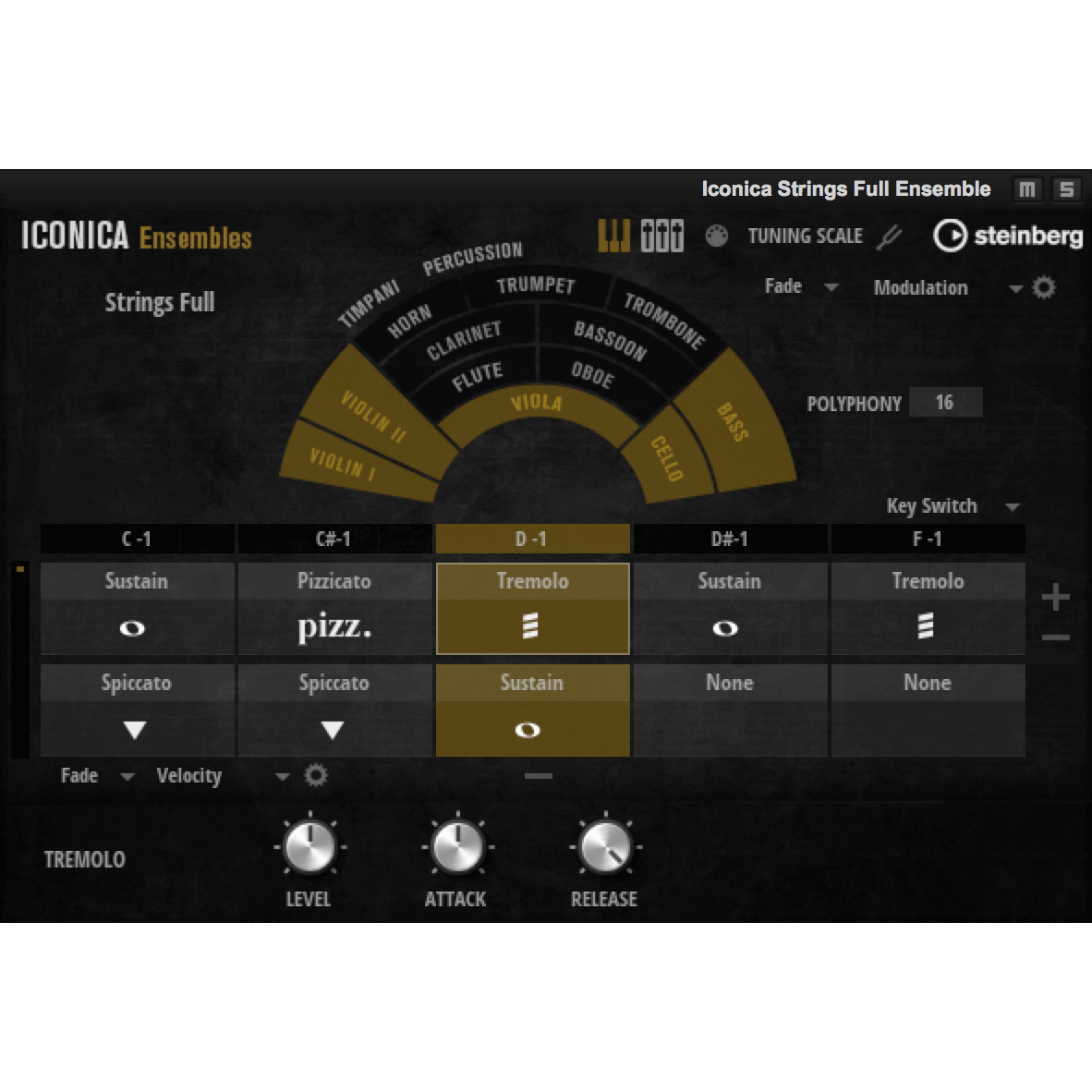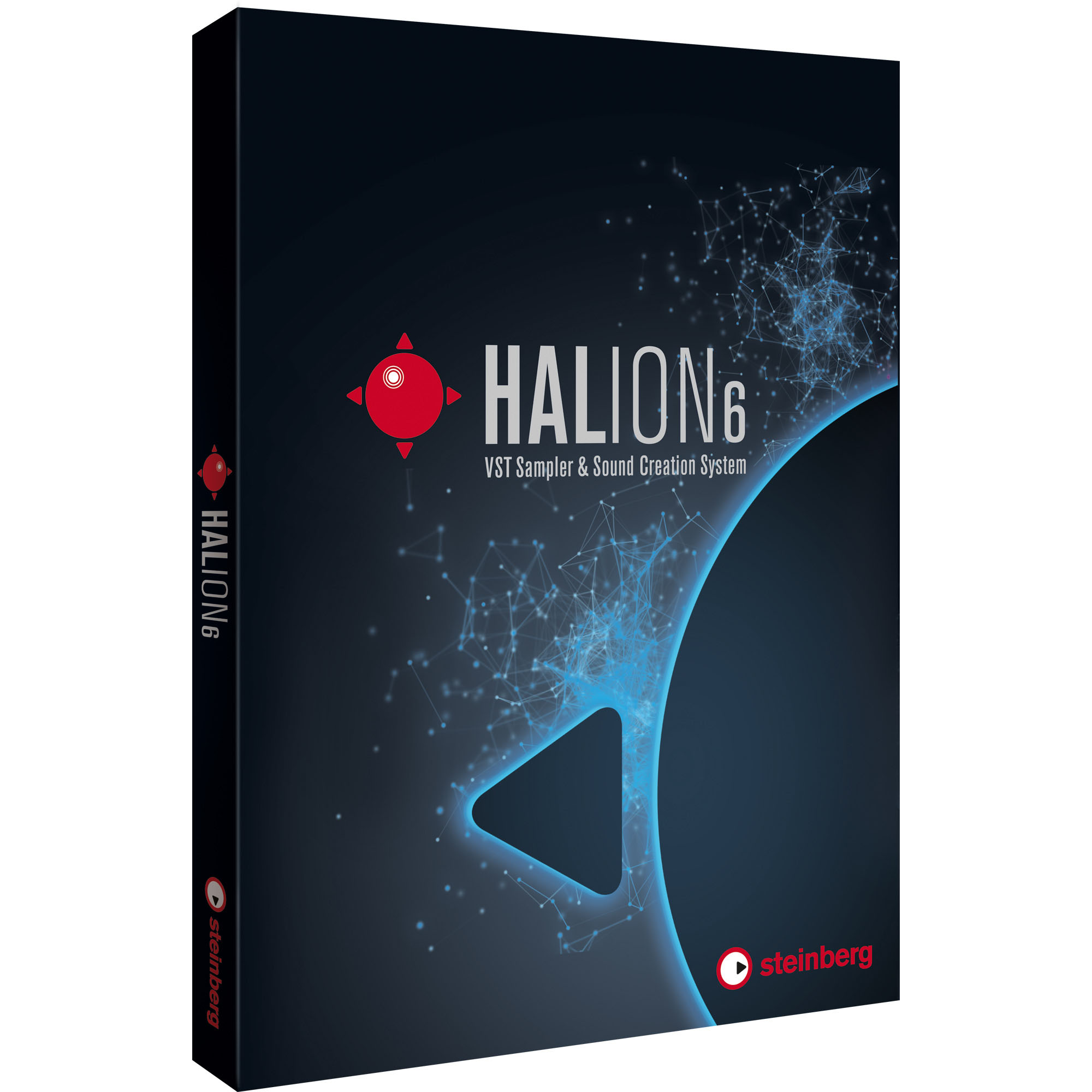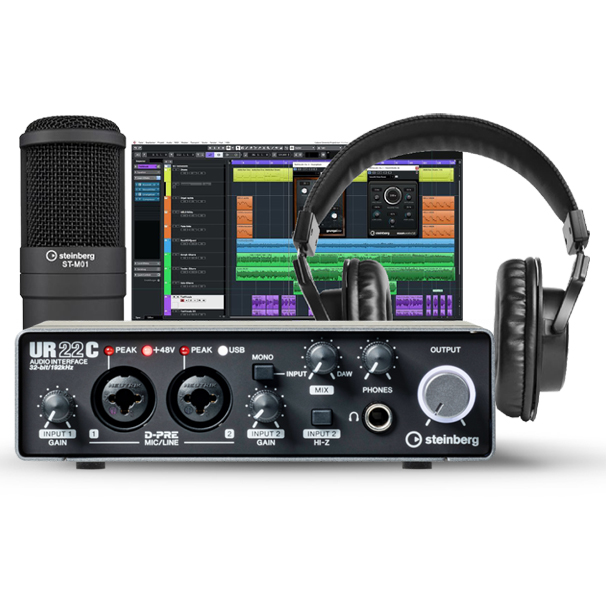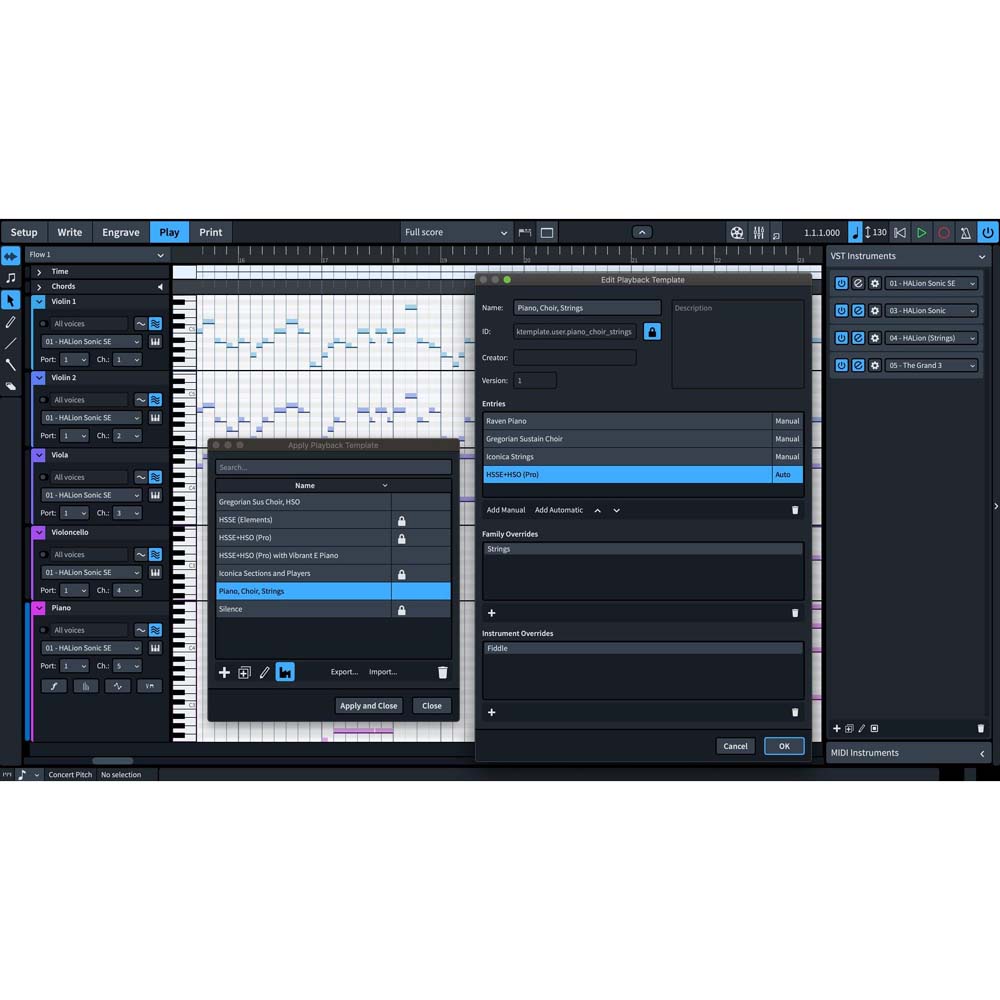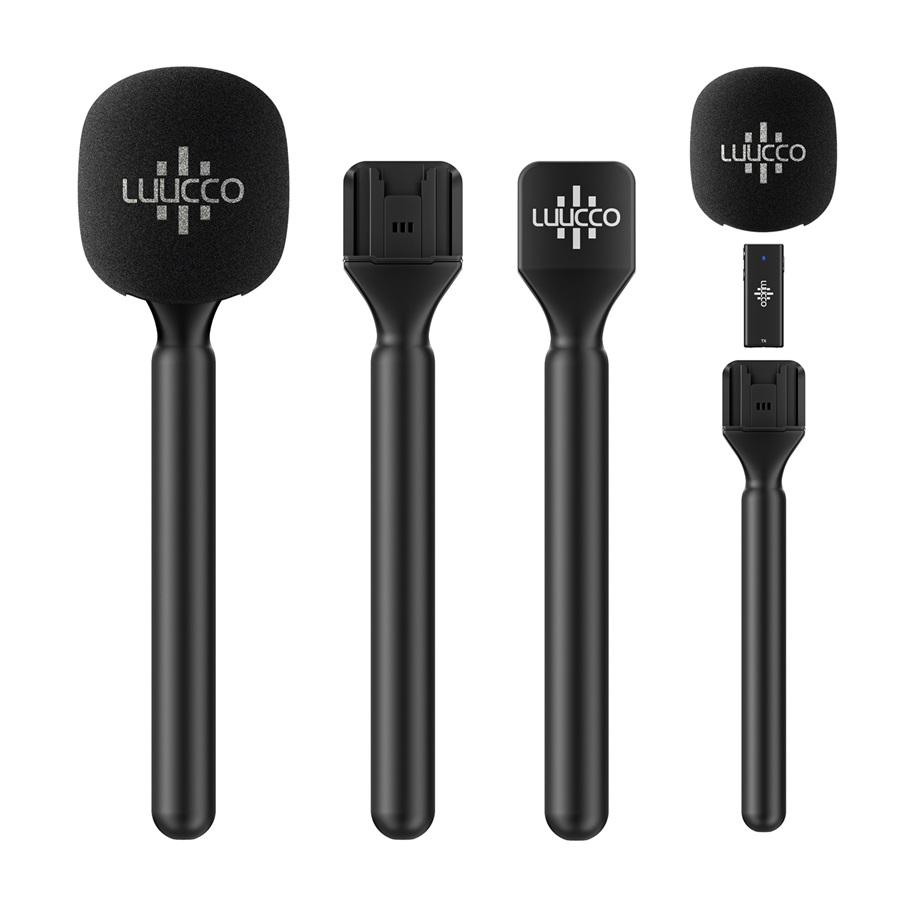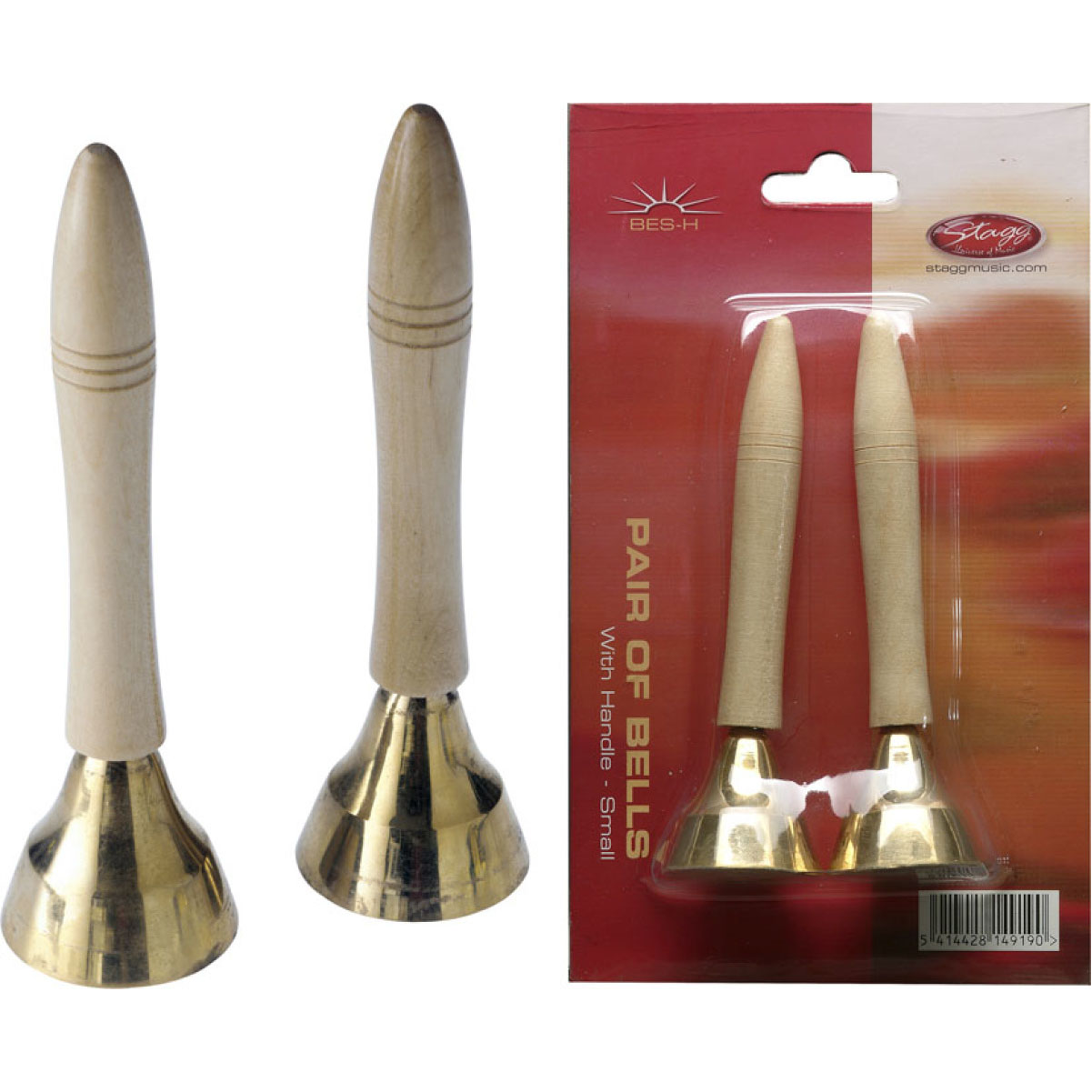The optional Studio Frame 4 holds up to four of the six CMC controller modules
You can pilot your DAW with a mouse, but adding a tactile element speeds work?ow while making your entire process more enjoyable. If that DAW is made by Steinberg, parent company Yamaha has brought a new level of hardware expertiseâsuch as novel audio interfaces with features like the Sweet Spot Morphing channel strip, and the CC121 controller. The Steinberg-branded CMC series of six hardware control surfaces is the latest in Cubase, Nuendo, and Wavelab-speci?c hardware. (Functionality is considerably more limited with Wavelab, but controllers like the TP have their uses.)
The individual controllers have several common elements.
The 16 touch-sensitive pads generate MIDI notesâPD (Figure 4) is not just for Steinberg software. Furthermore, you can have 16 banks of 16 notes. Eight banks are editable, seven fixed, and one assignable to virtually any 16 Cubase/Nuendo keyboard shortcuts.
The PD Pad Controller is ideal for triggering MPC-style drum instruments, but also handles melodic notes.
The LED touch faders offer the advantages of automated moving faders, but without the noise and mechanical reliability issuesâthey bridge the world of moving faders with iOS device-like touchscreen control.
The CH is a touchsensitive, LED âmoving faderâ that controls multiple parameters for a single channel. CH Channel Controller
The CH (Figure 1) provides comprehensive control over a single channel. Thereâs a pan knob and a level fader with 128 steps of resolution (-infinity to +6dB for audio; 0â127 for MIDI). Holding the Shift button gives 1,024 steps of resolution.
To mix four channels at a time, reach for the FD Fader Controller.FD Fader Controller
The four faders of the FD (Figure 2) work similarly to the CH, with buttons to step through banks (four at a time) or individual channels. For example, if the leftmost fader controls levels on mixer channel 3, the Bank right button jumps it to channel 7;
The TP Transport Controller handles far more than the usual play, stop, and record functions.TP Transport Controller
The TP (Figure 3) provides many more transport functions than the usual play, stop, rewind, and so on. You can insert markers, nudge forward/ backward by a bar, set the locators’ range as well as navigate to them, step forward and backward through markers, and copy a selected track (or if no track exists, create a mono audio track).
